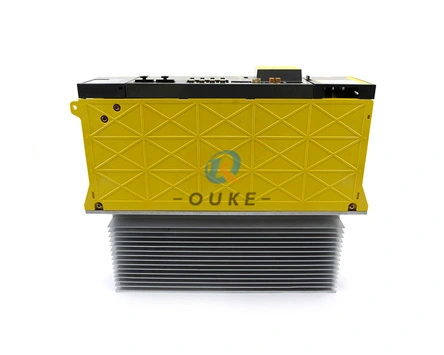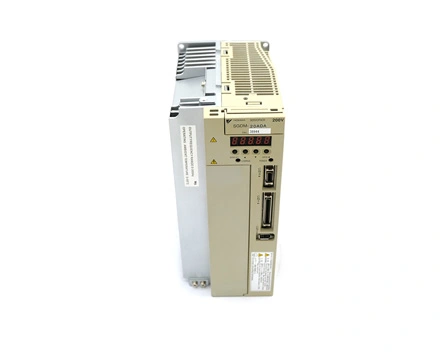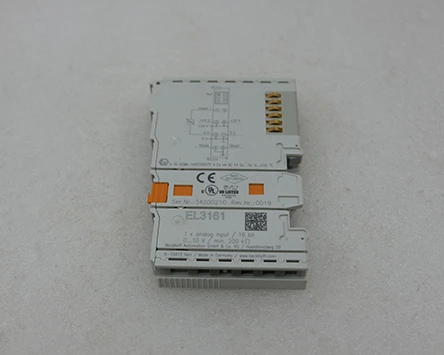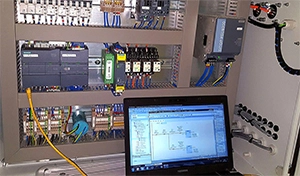
Frequency converter is a power control equipment that uses frequency conversion technology and microelectronics technology to control AC motor by changing the working power frequency of the motor. OUKE will introduce the function and working principle of the inverter through this article, and expect to have a relatively large reference value for readers.

The inverter is mainly composed of rectifier (AC to DC), filter, inverter (DC to AC), brake unit, drive unit, detection unit and micro-processing unit. The inverter depends on the internal IGBT to adjust the output power supply voltage and frequency, according to the actual needs of the motor to provide the required power supply voltage, and then achieve the purpose of energy saving, speed regulation, in addition, the inverter has a lot of protection functions, such as over current, over voltage, overload protection and so on. With the continuous improvement of the degree of industrial automation, the frequency converter has also been widely used.
When the inverter is working, the control unit controls the main circuit, the rectifier unit converts the AC into direct current, and then combs the direct current, outputs a smooth filter, and finally the inverter converts the direct current back to controllable alternating current. Through this series of operations, you can speed, when the motor needs to use how much electricity can be output according to the quantity, to avoid waste.
Let's take a look at the expression of AC motor synchronous speed:
n=60f(1-s)/p(1)
In this expression
n: speed of asynchronous motor;
f: frequency of asynchronous motor;
s: motor slip;
p: number of motor poles.
From this formula, we can see that the speed and frequency are proportional to each other, and the speed of the motor can be adjusted by changing the frequency. If the frequency is 0-50Hz, the speed has a wide adjustment degree. The static frequency converter can adjust the power supply frequency of the motor, so as to achieve the purpose of speed regulation, this speed regulation method has high efficiency, good performance, especially ideal.
One of the biggest advantages of the inverter is energy saving, and the most obvious industry is the application of the fan pump industry. Because the power consumption of the fan pump is proportional to the cube of the speed, when the external wind/water is not high, the use of frequency conversion to reduce the speed will save energy. The principle of energy saving in other industries is roughly the same, which is achieved by reducing the motor speed when it is not necessary to run at full speed.
Variable frequency speed regulation can start at zero speed and accelerate evenly according to the needs of users, and its acceleration curve can also be selected (linear acceleration, S-shaped acceleration or automatic acceleration). The operating speed can be adjusted at any time as needed, and can change rapidly according to the process, and can also be achieved by remote control PLC or other controllers.
When the CNC servo motor is started through the power frequency direct gas, it will produce 7 to 8 times the rated current of the motor, and the increase of the current increases the electrical stress of the motor winding and generates heat, thereby reducing the service life of the inverter. The frequency conversion speed regulation can be started at zero speed and zero voltage (can also be appropriately added torque lift).
After frequency conversion speed regulation, the corresponding torque limit can be set to protect the machinery from damage, so as to ensure the continuity of the process and the reliability of the product. The current frequency conversion technology makes not only the torque limit adjustable, but even the torque control accuracy can reach about 3% ~ 5%. In the power frequency state, the motor can only be controlled by detecting the current value or thermal protection, and it cannot be operated by setting the exact torque value as in the frequency conversion control.
When starting through the power frequency, the motor or the connected mechanical part of the shaft or gear will produce violent vibration. This vibration will further exacerbate mechanical wear and loss, reducing the life of mechanical components and motors. In the frequency conversion speed regulation, the stopping mode can be controlled, and there are different stopping modes to choose (deceleration parking, free parking, deceleration parking + DC braking), which can reduce the impact on the mechanical parts and the motor, so that the whole system is more reliable and the life will increase accordingly, while improving the system stability.
In this article, OUKE can only lead you to have a preliminary understanding of the inverter, I hope it will be of some help to you, and it needs to be summarized constantly, so as to improve professional skills, and welcome to discuss some knowledge points of the article.
 English
English 日本語
日本語 한국어
한국어 français
français Deutsch
Deutsch Español
Español italiano
italiano русский
русский العربية
العربية Türkçe
Türkçe Jawa
Jawa






